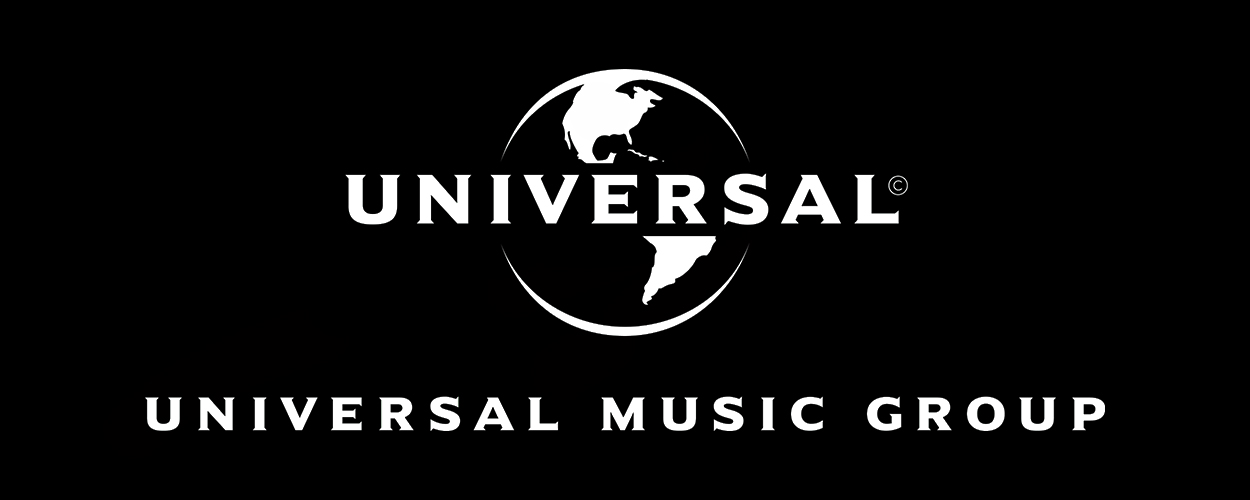This website uses cookies so that we can provide you with the best user experience possible. Cookie information is stored in your browser and performs functions such as recognising you when you return to our website and helping our team to understand which sections of the website you find most interesting and useful.
Business News Labels & Publishers Top Stories
Universal denies 2008 master recording fire was as devastating as new article claims
By Andy Malt | Published on Wednesday 12 June 2019

Universal Music has disputed an article in the New York Times which reports that the major kept secret that up to half a million of its master recordings were lost in a fire in 2008.
In a statement to Variety, the company says that the NYT article contains “numerous inaccuracies, misleading statements, contradictions and fundamental misunderstandings of the scope of the incident and affected assets”.
The article tells the story of a fire that broke out on the backlot at Universal Studios Hollywood eleven years ago.
In reporting on said fire at the time, the music archive held there was barely mentioned – the Universal film and music companies being entirely separate by that point. When it was actually brought up, the record label said that the damage was minimal, with most of the master recordings previously kept at the site already moved to a new location and most of the recordings in the archive by then digitised.
However, the New York Times cites confidential reports from 2009 putting the loss of masters during the fire somewhere between 118,230 and 500,000. Among those lost, the newspaper claims, were recordings by artists from the 1930s up to the early 21st century, including music by Louis Armstrong, Ella Fitzgerald, Chuck Berry, Buddy Holly, REM, Janet Jackson, Nirvana, 50 Cent, and many more.
The article goes on to quote an internal Universal document from 2009 that said: “The West Coast Vault perished in its entirety. Lost in the fire was, undoubtedly, a huge musical heritage”.
Various artists allegedly affected by the fire have already commented on the NYT report, directly or via their representatives, including REM, Hole, The Roots and Asia. While some where aware that their master recordings were missing, none seemed to have known about the warehouse fire that the newspaper now says destroyed them.
In a statement on behalf of Steely Dan, their manager Irving Azoff says: “We have been aware of ‘missing’ original Steely Dan tapes for a long time now. We’ve never been given a plausible explanation. Maybe they burned up in the big fire. In any case, it’s certainly a lost treasure”.
In a post on Twitter, Questlove said that he has “been dying to find all the old reels and mix the eight or nine songs that never made” Roots album ‘Do You Want More’ in order to release them. Although he adds that the final masters for the record as it was released are definitely safe.
Denying that the NYT article presents an accurate picture of the damage caused in the 2008 fire, Universal tells Variety: “Music preservation is of the highest priority for us and we are proud of our track record. While there are constraints preventing us from publicly addressing some of the details of the fire that occurred at NBC Universal Studios facility more than a decade ago, the incident – while deeply unfortunate – never affected the availability of the commercially released music nor impacted artists’ compensation”.
The company adds that it has released “tens of thousands of back catalogue recordings … in recent years – including master-quality, high-resolution, audiophile versions of many recordings that the story claims were ‘destroyed’. UMG invests more in music preservation and development of hi-resolution audio products than anyone else in music”.
The NYT article does note that music contained on the master tapes that had been formally released likely still exists in various other forms. However, it also speculates that the lost masters probably contained higher quality versions of many of the recordings out in the world, and also a large amount of music that was never made public, and which therefore may not be stored anywhere else.
While the extent of the damage may never be known exactly, the New York Times article does raise questions about how all of the music industry’s old master tapes are stored, and how much of that music is yet to make its way onto a hard drive somewhere.





